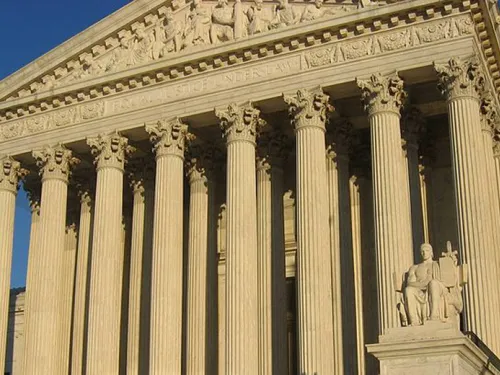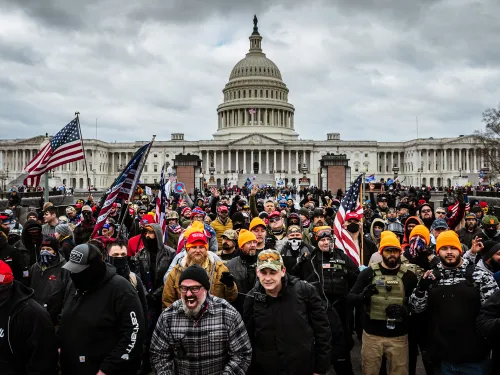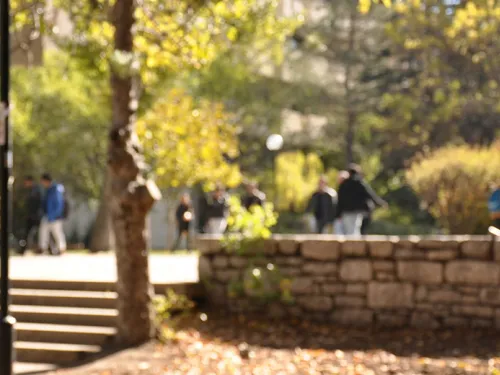These suggested No Place for Hate® activities are differentiated for elementary, middle and high school students. The activities can be used as a follow-up to watching the webinar, “Connecting Stories and Legacies: A Conversation with Author Gordon Korman and Rachelle Goldstein” which aired on 2/11/25. To make this a NPFH activity towards designation, watch the video, engage students in a discussion using the discussion questions and do one of the additional activities included…
Search Results
113 Results

Provides information about antisemitic bullying, how it takes places in schools and among young people and what educators can do.

Table Talk: Family Conversations about Current EventsAll young people should be able to feel safe, included and respected in their classrooms and schools. Unfortunately, many do not. A recent study of high school students found that nearly four in ten students experienced identity-based bullying or bullying related to an aspect of their identity such as race, religion, sexual orientation, gender identity or physical appearance. How can we listen and learn from young people about…

Explore powerful stories from young people who have experienced bias in their school communities.

Engage your family in the conversation about tweens and their experiences in digital spaces and with cyberbullying.

Students explore examples based on young people’s real-life experiences of identity-based bullying and identify ways that their school can address and reduce this type of bullying.
New York, NY, September 8, 2022 ... ADL (the Anti-Defamation League) today issued the following statement on the passing of Queen Elizabeth II:
We join with millions of people around the world in mourning the loss of Queen Elizabeth II, the longest reigning monarch in Britain and an inspiring and beloved figure who exemplified respect for all people and cultures. Queen Elizabeth was at the center of many of the most important moments of modern history, from driving a military truck in…
Jonathan Greenblatt
CEO and National Director
July 27, 2022
Dear Mr. Agrawal,
I am once again reaching out regarding Iranian Supreme Leader Ali Khamenei’s chronic violations of Twitter’s terms of service on his accounts of Iranian Supreme Leader Ali Khamenei. We ask that you de-platform him for his continued use of Twitter to promote antisemitism, hate, violence and Holocaust denial.
As I wrote in January 2021 to then Twitter CEO Jack Dorsey, Khamenei…

The author and publishers of a new book on Anne Frank's plight have turned one of the few at least partially upbeat stories of Jewish life and thought during the Holocaust into one of Jewish perfidy and treachery. The timing couldn’t be worse: antisemitism is flourishing once again, and Holocaust memory is diminishing.

Use these activities to bring the history, culture and experience of the AAPI (Asian American Pacific Islander) people and community to your classroom.
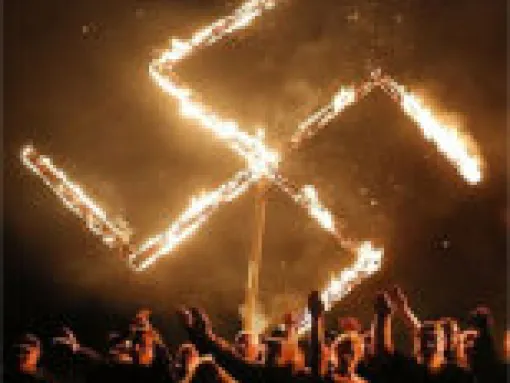
Neo-Nazis have adopted the Ku Klux Klan practice of symbolic burnings, substituting swastikas, othala and life runes, triskeles and the Celtic cross for the traditional cross burned by Klan members.

88 is a white supremacist numerical code for Heil Hitler. Read more about the meaning behind the numbers, as well as how it’s used in non-extremist forms.
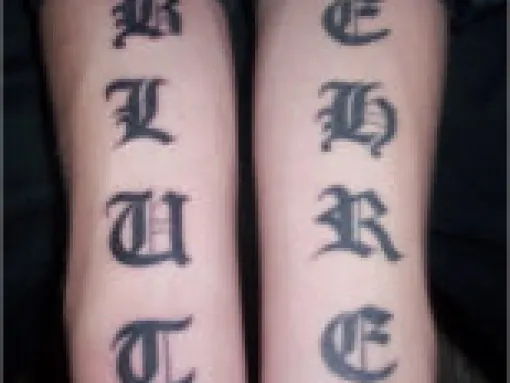
"Blut und Ehre" is a German phrase that translates into "Blood and Honor;" it was popularized by the Nazi Party (as a Hitler Youth slogan and elsewhere). Since World War II, this German phrase (and even more so for its English translation) has commonly been used by white supremacists in Europe, the United States, and elsewhere - most notably as the name of an international racist skinhead group. Additional Images:
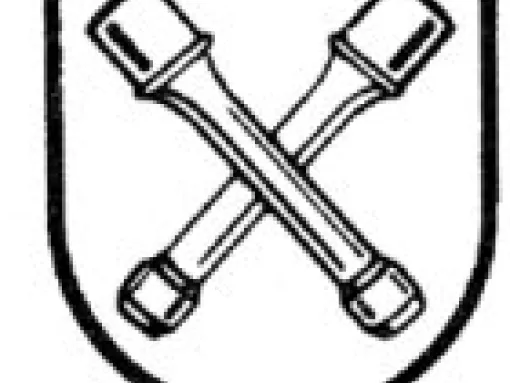
ALTERNATE NAMES: DirlewangerThe crossed grenade emblem signifies the Waffen SS unit most commonly known, after its commander, as the "Dirlewanger Brigade" (later, the 36th SS Division). Oskar Dirlewanger (1895-1945) was an SS officer involved in the Holocaust and anti-partisan actions in World War II, including the murderous suppression of the 1944 uprising of the Polish Home Army in Warsaw. Even within the Waffen SS, both Dirlewanger and his unit had a reputation for sadism,…
ALTERNATE NAMES: Dirlewanger
Read more about Crossed Grenades

It is common for white supremacists in the United States and elsewhere to use German words or phrases, or to create German-like equivalents of English words and phrases. This is most common among neo-Nazis and racist skinheads, but can be seen to some degree across all white supremacist movements. Some of the terms derive from the the Third Reich, while others are more modern in origin. Common examples include phrases such as "Weiss Macht" or "Weisser Macht" (White Power), "Weiss Junge" or …

ALTERNATE NAMES: Nazi SaluteThe Nazi or Hitler salute debuted in Nazi Germany in the 1930s as a way to pay homage to Adolf Hitler. It consists of raising an outstretched right arm with the palm down. In Nazi Germany, it was often accompanied by chanting or shouting "Heil Hitler" or "Sieg Heil." Since World War II, neo-Nazis and other white supremacists have continued to use the salute, making it the most common white supremacist hand sign in the world. Additional Images:
ALTERNATE NAMES: Nazi Salute
Read more about Hitler Salute (hand sign)
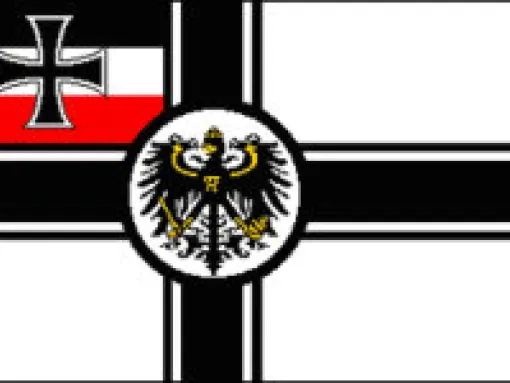
ALTERNATE NAMES: Imperial War Ensign, ReichskriegsflaggeBecause Germany has banned use of the swastika and other Nazi imagery, some German neo-Nazis use an older flag, taken from Imperial Germany, as a substitute for the Nazi flag. The imperial flag never originally had any racist or anti-Semitic meaning. Although most common in Germany, this usage of the imperial flag can also be found elsewhere in Europe and in the United States. Additional Images:
ALTERNATE NAMES: Imperial War Ensign, Reichskriegsflagge
Read more about Imperial German Flag

ALTERNATE NAMES: Elhaz Rune, Algis RuneNazi Germany appropriated many pre-Roman European symbols, such as runic symbols, in an attempt to glorify an idealized "Aryan/Norse" heritage. One of these was the so-called "life rune" (from the German Lebensrune), also known as the Elhaz or Algis rune. Elhaz means "elk" and in early Europe this symbol had meanings related to stags or hunting, as well as honor, nobility, or protection. The Nazis used the symbol in various contexts, including the SS's…
ALTERNATE NAMES: Elhaz Rune, Algis Rune
Read more about Life Rune

ALTERNATE NAMES: My Honor Is Loyalty, My Honor is Called Loyalty, Unser Ehre Heisst Treue"Meine Ehre Heisst Treue" is a German phrase that translates roughly to "My Honor Is Loyalty." In Nazi Germany, the Waffen SS (the military wing of the SS) used this phrase as a motto; it is a reference to the organization's loyalty to Adolf Hitler. Since World War II, neo-Nazis and other white supremacists around the world use this German phrase (or its equivalent in English or other languages) as a hate…
ALTERNATE NAMES: My Honor Is Loyalty, My Honor is Called Loyalty, Unser Ehre Heisst Treue
Read more about Meine Ehre Heisst Treue

ALTERNATE NAMES: Nazi War EagleThe Nazi Eagle is a symbol developed originally by the Nazi Party in Germany in the 1920s (also becoming a symbol of the German government after the Nazis took power), based loosely on traditional German coats of arms. Following World War II, the symbol was appropriated by neo-Nazis and other white supremacists worldwide, with many variations. The symbol originally featured an eagle clutching a swastika, but many variations replace the swastika with some other…
ALTERNATE NAMES: Nazi War Eagle
Read more about Nazi Eagle

